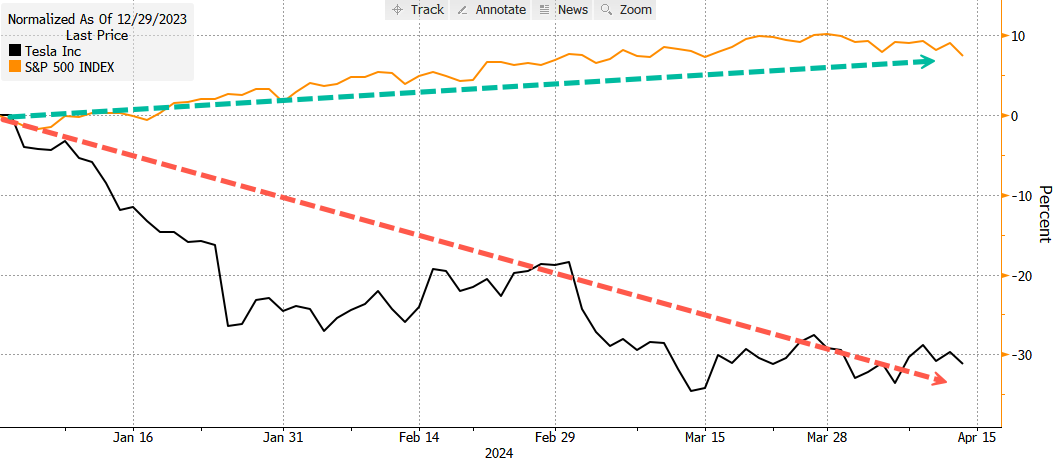While major European banks are competing to announce new policies limiting funding to oil and gas projects, smaller regional U.S. banks have boosted significantly their lending to oil and gas firms over the past two years.
Regional banks BOK Financial, Citizens Financial, Truist Securities, Fifth Third Securities, and US Bancorp have seen their combined loans to the fossil fuel industry jump by over 70% on an average annualized basis since the beginning of 2022, compared to the previous six years, according to data compiled by Bloomberg.
These five banks are now among the world’s top 35 banks in terms of the number of deals they have signed with the fossil fuel industry, Bloomberg’s data showed.
Total global financing for fossil fuels since the Paris Agreement has been led by the biggest U.S. banks, with JP Morgan Chase, Citi, Wells Fargo, and Bank of America placing #1 through #4, respectively, with billions of U.S. dollars of financing for oil and gas between 2016 and 2022, according to research by environmental campaigners.
Regional U.S. banks are also seeing a growing pool of customers in the fossil fuel industry. This comes as European banks are re-evaluating their funding for oil and gas, and energy-rich U.S. states are leading an anti-ESG drive to blacklist major financial corporations and asset managers, which they believe are discriminating against the oil and gas industry.
U.S. states with large fossil fuel industries, such as Texas, West Virginia, Louisiana, Montana, and Oklahoma, have blacklisted funds managed by the world’s biggest asset manager BlackRock and other major banks and financial institutions, which, the states say, are boycotting the oil and gas industry.
In Oklahoma, under the Oklahoma Energy Discrimination Elimination Act, Oklahoma State Treasurer Todd Russ published last year a so-called Restricted Financial Companies List, which included BlackRock, Wells Fargo, JP Morgan, Bank of America, State Street Corp, and Climate First Bank.
Oklahoma’s local bank, BOK Financial, has taken advantage of more opportunities to finance oil and gas in the state.
BOK Financial now sees “much more opportunities” in the oil and gas industry, Marisol Salazar, the bank’s senior vice president and manager for energy banking, told Bloomberg.
Apart from U.S. regional banks, commodity traders and alternative investment groups are also picking up the financing ditched by many European banks, industry officials tell Bloomberg.
These developments suggest that there are still ways for fossil fuel projects to get funding and fossil fuel companies to receive loans despite European banks limiting their exposure to oil and gas.
Under pressure from ESG trends and shareholders, major European banks have announced tougher rules on financing fossil fuels over the past two years.
ING, for example, is further restricting financing to the oil and gas industry, reducing the volume of traded oil and gas it finances and no longer financing midstream infrastructure for new oil and gas fields, the Netherlands-based bank said earlier this month. In 2022, ING said it would aim to grow new financing of renewable energy by 50% by year-end 2025 and would no longer provide dedicated finance to new oil and gas fields.
UK’s HSBC said at the end of 2022 that it would stop funding new oil and gas field developments and related infrastructure as part of a policy to support and finance a net-zero transition.
France’s biggest bank, BNP Paribas, said in May 2023 that it would no longer provide any financing for developing new oil and gas fields, regardless of the financing methods. The bank also pledged to reduce its oil exploration and production financing by 80% by 2030 as part of its energy transition goals.
Earlier this year, Barclays—Europe’s biggest lender to fossil fuel projects—said that it would drop direct funding for new oil and gas projects, joining other major European banks in halting the financing of fossil fuel expansion.
Campaigners, however, say that Barclays could have gone further in its commitments and that the announcement of the UK banking giant now puts pressure on the U.S. banks, which are the top lenders to the fossil fuel industry, including JP Morgan, Bank of America, and Citi.
By Tsvetana Paraskova for Oilprice.com


